
Filmpac Footage Contributor Program
Want to make money selling footage through a major stock footage platform like Filmpac? This page will walk you through the processs.
Continue ReadingBy Caleb Rexius
We’re all familiar with portrait mode on an iPhone.
Beginning filmmakers commonly wonder how to get that smooth, cinematic, shallow focus look in a cinema camera or DSLR camera.
In cinematography and digital photography, shallow depth of field, aka background blur, aka out-of-focus background, aka bokeh (I’ll use these terms interchangeably), is decided primarily by these 3 factors:
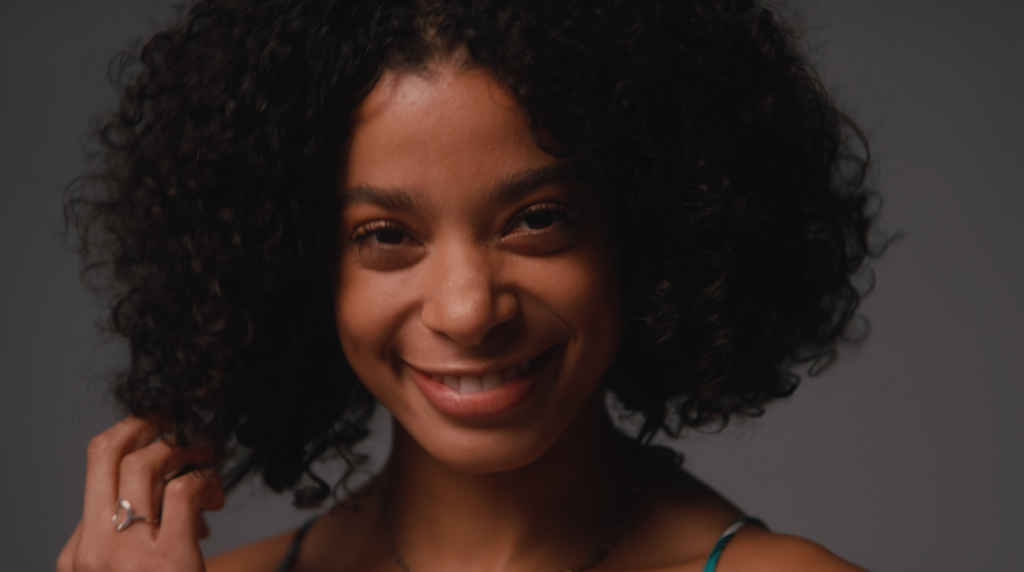
When it comes to camera lenses, the longer the focal length, the narrower the focus point, which means the more non-focus areas will be blurred. A longer lens is your friend.
Simply put, a longer focal length will result in a shallow depth of field effect. Telephoto lenses and other long zoom lenses (rather than wide angle lenses) tend to create the most extreme blurred background.
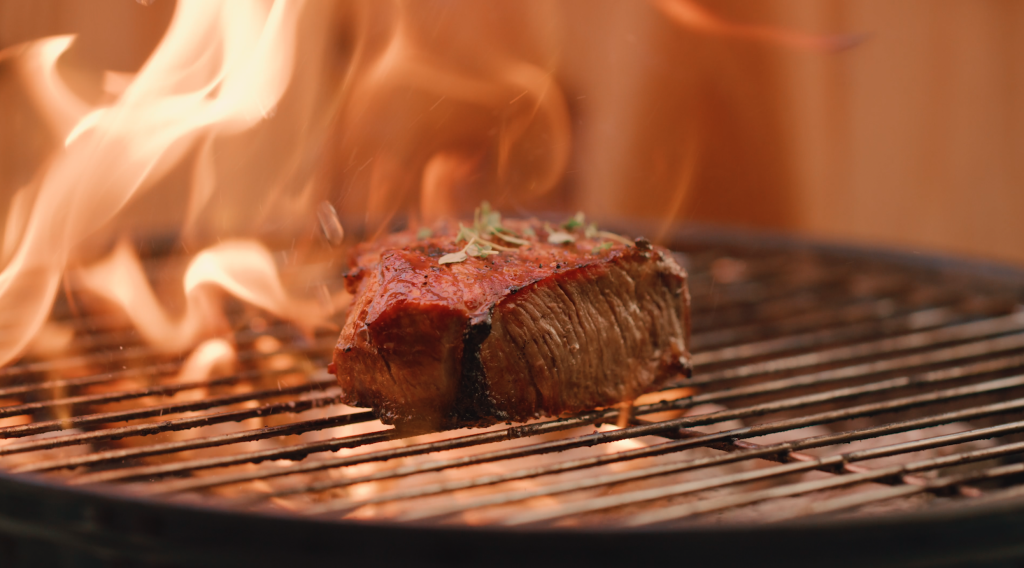
The closer the main subject is to camera, the more they’ll be separated from the background, hence more blur.
A farther away focal point will result in a deep depth of field, where a close-up will result in a shallower depth of field.
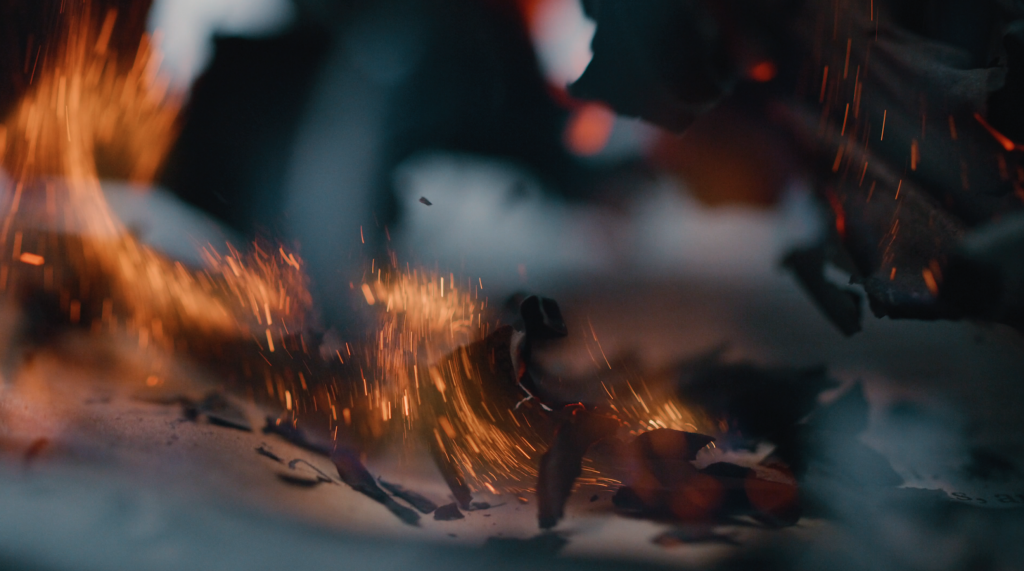
Unlike other camera settings such as ISO and shutter speed, the aperture setting has a huge influence on depth of field. This setting controls the amount of light that enters your camera sensor. A large aperture such as 1.4 will let a lot of light into the sensor, and a higher setting will restrict light.
The lower the aperture value (or f-stop number), the more shallow DOF you will achieve (e.g. a lens aperture or f-stop of f1.4 will get you more bokeh than the same composition would at a narrower aperture of f5.0). A wider aperture will always result in a shallower plane of focus.
When shooting in auto, aperture priority mode will help preserve your level of background blur.
Try experimenting with different apertures, and see what it does to the background part of the image.

Another consideration is your camera’s crop factor or sensor size. Some cameras shoot “full frame”, which will allow for a more blurry background. Whereas a crop sensor like S35 or Micro 4/3 will have less bokeh.

Focusing on even a couple of these factors will have a big impact on your depth of field, so start experimenting!
Caleb is the Founder and Lead Cinematographer at Filmpac.

Want to make money selling footage through a major stock footage platform like Filmpac? This page will walk you through the processs.
Continue Reading
By far, the two most common frame rates in modern American video editing and production are 24fps and 29.97fps. Here's the difference.
Continue Reading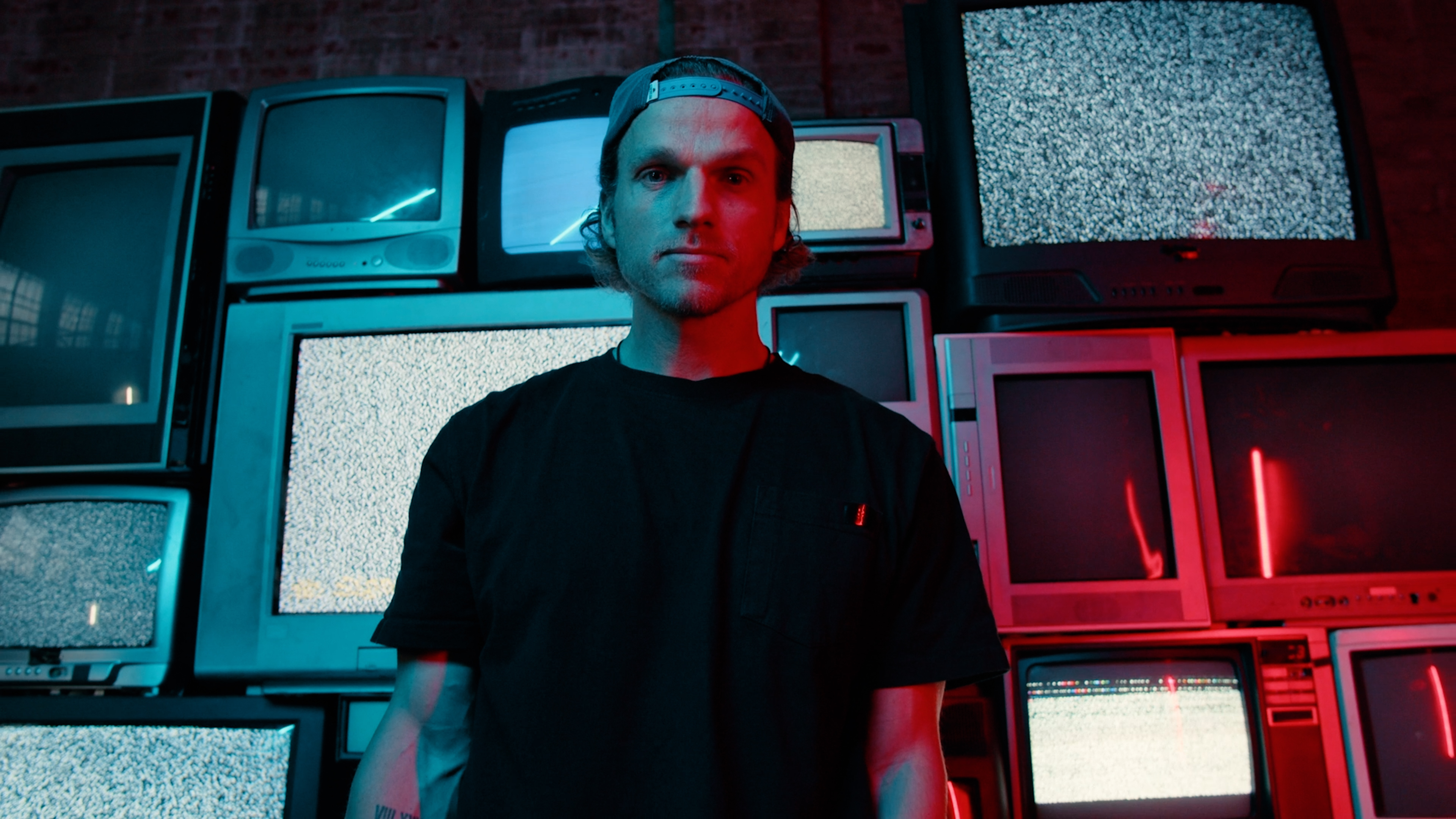
There are 5 main types of camera movement. We break each of them down and show you how they can help you tell your stories better.
Continue Reading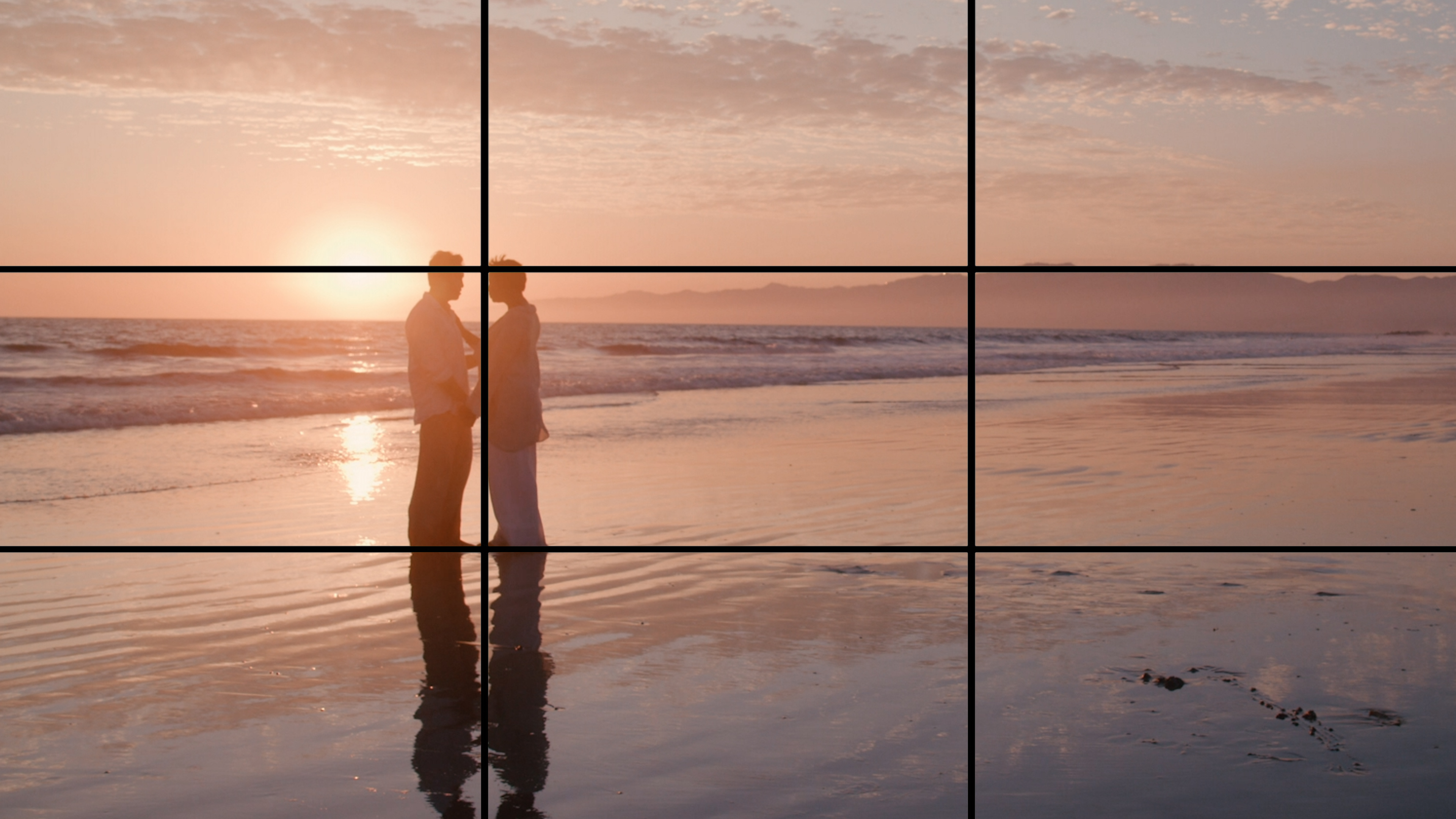
If you’re a photographer or filmmaker, you’ve likely heard of The Rule Of Thirds. here's a guide on how to apply it and when to break it.
Continue Reading
Filmpac’s newly-designed Project Feature is a powerful tool for collaborative video editing. Here’s a quick rundown of how it works.
Continue Reading

One of the most difficult parts of being a professional filmmaker is effectively managing and budgeting your time.
Continue Reading
Want to make money selling footage through a major stock footage platform like Filmpac? This page will walk you through the processs.
Continue Reading